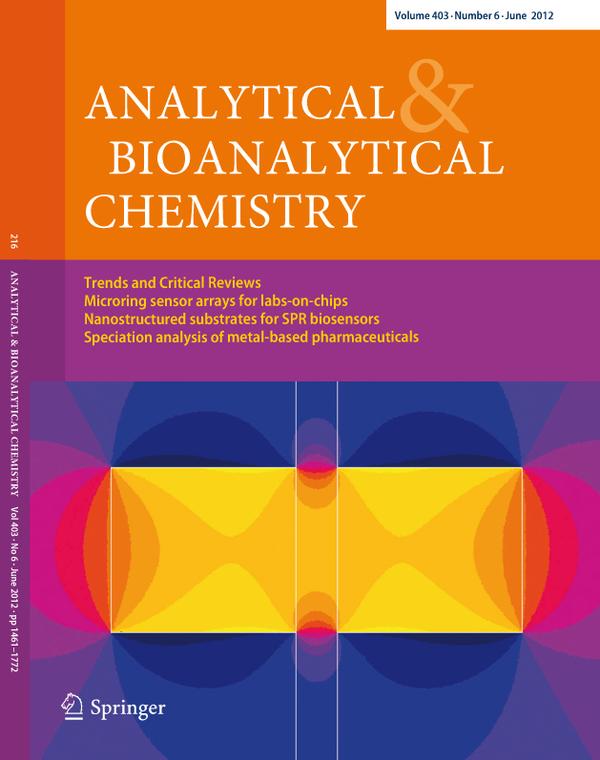Regulating the surface chemistry of covalent organic frameworks for enhancement cationic dye removal and identification
Abstract
Simultaneous removal and identification of trace-level cationic dye pollutants from water is both important and challenging owing to their highly polar and complex sample matrices. In this study, three covalent organic frameworks (COFs) were synthesized using 2, 4, 6-triformylphloroglucinol with ethidium bromide (EB) containing positively charged groups, 3, 5-diaminobenzoic acid (DABA) containing negatively charged groups, and p-phenylenediamine (Pa) lacking charged groups. These were named EB-COFs, TpPa-1, and DP-COFs, respectively, and were employed as adsorbents for the extraction and identification of cationic dyes. The adsorption performance of the three COFs toward methylene blue (MB) and crystal violet (CV) was investigated. By incorporating carboxyl groups into DP-COFs, the surface chemistry of the adsorbent was effectively tailored, enabling complete exploitation of selective cationic sites. This facilitated dynamic interactions with cationic dyes through multiple adsorption mechanisms, including electrostatic, π-π, and H-bonding interactions. DP-COFs exhibited high adsorption capacities for MB and CV, achieving 383 and 326?mg?g-1, respectively. The adsorption behavior was further analyzed using adsorption isothermals, kinetics, and thermodynamics. Moreover, DP-COFs were employed as a matrix in laser desorption/ionization time-of-flight mass spectrometry (LDI-TOF MS) to adsorb and directly identify both cationic dyes without the need for an elution process. This approach demonstrated high sensitivity, high reproducibility, low background interference, and excellent salt tolerance. The limits of detection for MB and CV were 0.12 and 0.04?ng?mL-1, respectively, representing improvements of 166-fold and 225-fold compared with using DP-COFs solely as a matrix. Recovery rates of both dyes in spiked industrial wastewater and lake water samples ranged from 81.4 to111.1% with RSDs of 1.9-6.3%. These results highlight the high reliability of the proposed method.





